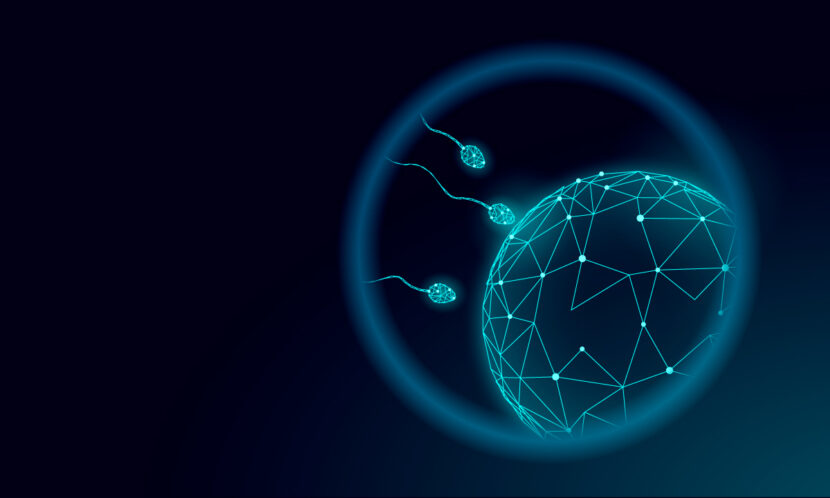The use of laser technology in the assisted reproductive technologies (ART) has helped in the micromanipulation of embryos to increase fertility. With laser-assisted hatching, the embryo is easily hatched in the lab; thus, making the IVF technique effective, and giving hope to the couples longing for parenthood. The advanced laser technique is a solution for the failure of the embryo to adhere to the uterine wall in the blastocyst stage.
What Is Laser Assisted Hatching Technology?
An advanced technology, laser assisted hatching helps with effective embryo implantation in the IVF treatment. LAH has been found to be useful in women who were unable to become pregnant or conceived in previous IVF cycles. Through LAH, it is possible to get around the odds that are preventing successful pregnancy.
Explaining the Laser Assisted Hatching Procedure
- The in vitro fertilization (IVF) technique is used to help the women with fertility problems to become pregnant. The IVF procedure helps with the fertilization of eggs, and they are preserved in the lab for a few days, say 2-5 days, for the embryo to develop.
- In the blastocyst stage, the embryo is surrounded by zona pellucida (ZP), a protective shell. The embryo, before the implantation, should undergo hatching by breaking the protective shell, and this is normal hatching.
- Sometimes, the outer shell or zona pellucida hardens quickly when in the lab, making the embryo hatching and implantation difficult. In such a case, laser assisted hatching of the embryos are proposed, especially if zona pellucida is thick.
- A highly focused laser beam in 2-3 pulses is used away from the embryo cells to makes a hole of 5-10 micro meter in zona pellucida. The embryo transfer is done after the hatching to help its implantation in the uterus wall, which leads to successful pregnancy.
Also, Read: How Assisted Hatching Improves Your Chances of Getting Pregnant
When is Laser Assisted Hatching Recommended?
LAH is generally recommended only for some couples, and not for all who undergo the IVF treatment. Studies show that laser assisted hatching may help bring successful pregnancy only in some women patients. It is up to your gynaecologist to determine whether LAH can help you, and she or he does it after going through your infertility history and medical records. Some conditions when LAH is recommended are:
- You have a history of more than two failed IVF cycles.
- Your follicle-stimulating hormone (FSH) level is high.
- Your embryo is of poor quality.
- You experience unexplained infertility
- You are 38 years or age or older
When older women may produce eggs, which have a thick outer shell or zona pellucida, the same issue is found in women having a high level of FSH. This makes it difficult for the embryo to hatch and implant in the womb. With laser assisted hatching, these infertility problems can be solved and make pregnancy successful. Various studies conducted in this field show that the frozen embryos after thawing have very hard zona pellucida, which makes it difficult for the embryo to undergo the hatching and implantation process.
Zona lysis predominantly accomplishes normal embryo hatching and not owing to the pressure applied by the expanding blastocyst. The natural hatching and implantation take place in most IVF procedures. However, the hatching process asks for the thinning and elasticity of zona pellucida. In some cases, IVF culture conditions and advanced maternal age can adversely influence the hatching process.
The quality or quantity deficiency in the secretion of zona pellucida may cause hatching impairment if it is dissolved in lysine. Such deficiencies may occur in suboptimal culture conditions, where the secretion of the hatching factor is not possible by some embryos’ trophoectoderm. Creating an opening in the ZP artificially through LAH could increase the implantation rates and help the hatching process.
What Are the Benefits of Laser Assisted Hatching?
The benefits of LAH is when compared to other artificial hatching processes. They are:
- LAH avoids handling the embryos manually.
- It is accurate when compared to other procedures.
- The predetermined program ensures the accuracy and safety of the embryo
- It helps more women with increased pregnancy success rates.
Scope of Applying LAH in IVF
- For a woman to become pregnant, hatching of embryos, which is a mandatory process, should take place. Couples using IVF, may be suggested to go for LAH if the implantation fails. Most couples with failed IVF cycles have found the LAH procedure beneficial because of a good chance of having positive pregnancy. Several leading maternal hospitals have embryologists or fertility doctors performing laser assisted hatching to get over the issue of a hard embryo shell. This has given hopes to older couples, and those with several failed IVF cycles. The success rate of LAH has extended to the cryopreserved embryos too.
- The scope of LAH in IVF depends on the better environment required for the IVF-cultured embryos, which can avoid suboptimal conditions and hardening of the zona. If not, IVF with LAH is the option for some couples to achieve pregnancy.
